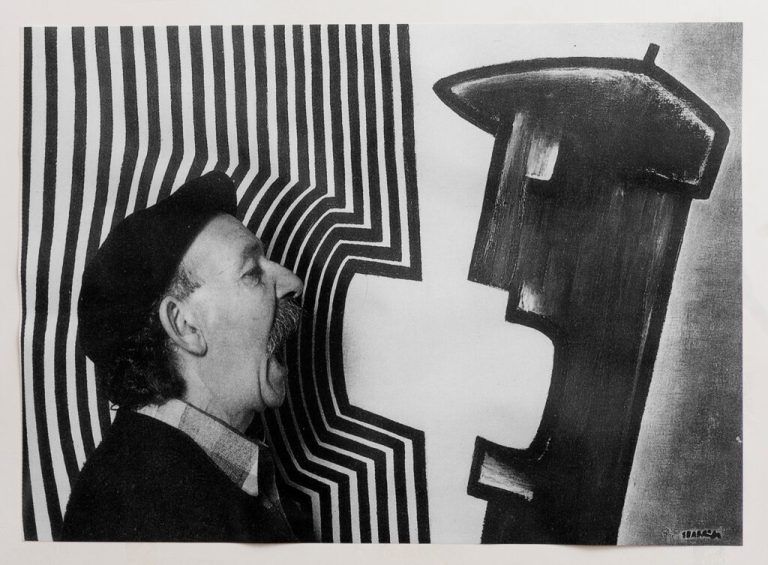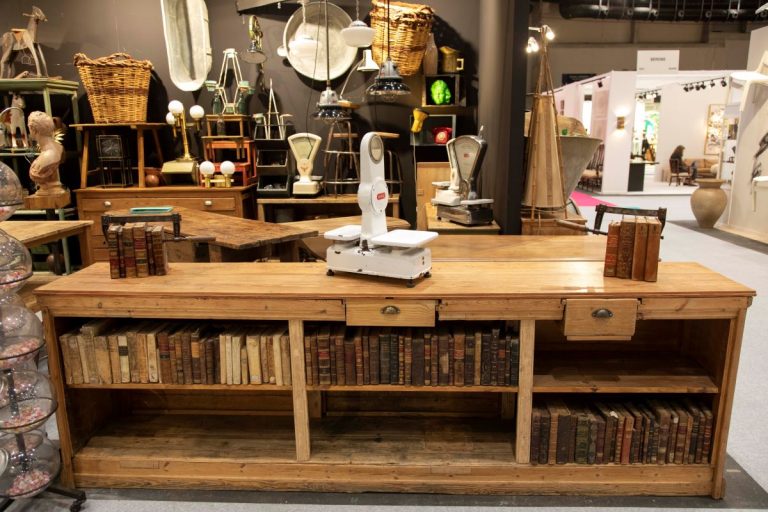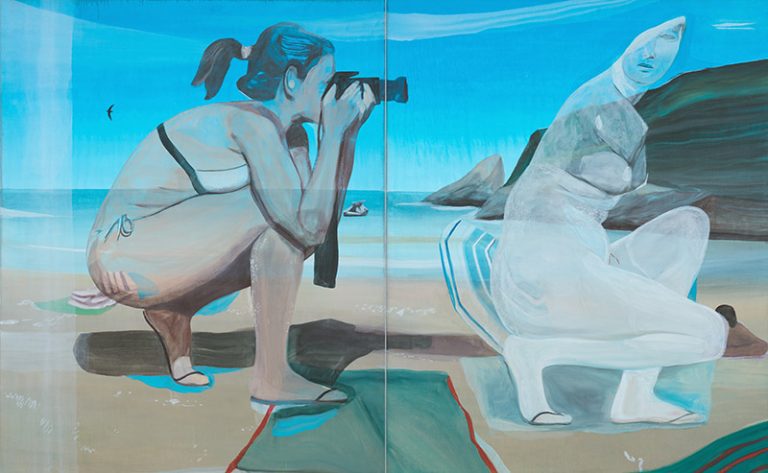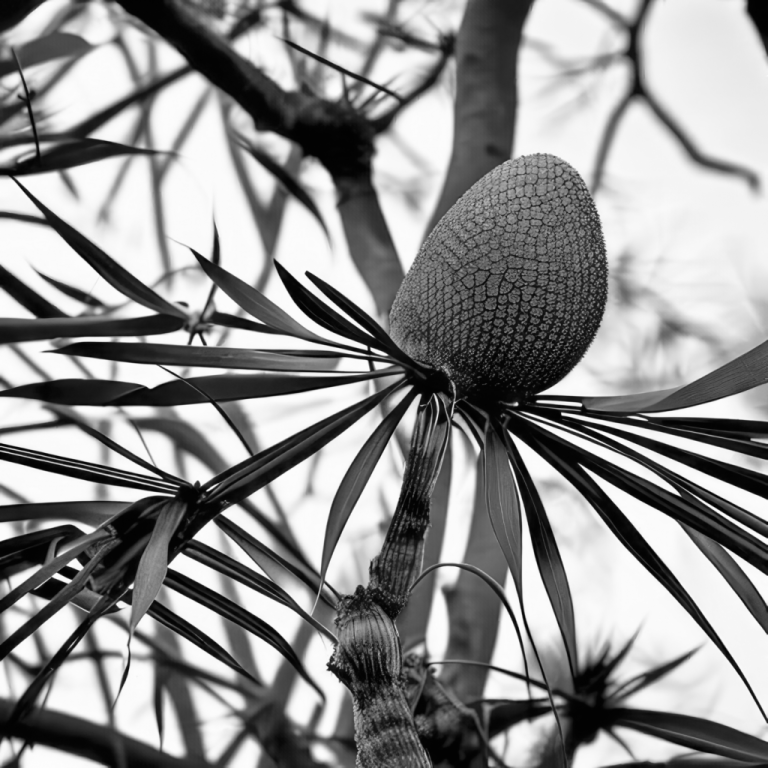La Baule, Loire-Atlantique. A young red-haired woman from the Belle Époque poses smiling, a tennis racket under her arm. Under bright lighting, her white muslin dress is adorned with pastel shades that reveal the transparency of the fabric. Portrait of woman, the tennis player (undated) is the work of the painter Jean Sala (1869-1918) and represents his wife. “The first painting given to me by my parents during the 1970s and which came to decorate my successive places of life is “La Joueuse de tennis” […] ; this painting has never left me”,writes Jean-Paul Morin in the preface to the catalog raisonné of his maternal grandfather. Juan Sala Gabriel was born in Barcelona and moved to France when he was around 23 years old. The young man, trained in Barcelona, arrived in Paris to join his brother, the painter Thomas (or Tomas) Sala-Gabriel, and enrolled at the Colarossi Academy. He exhibited for the first time in 1893 at the Salon of the National Society of Fine Arts (SNBA).
Thus equipped with the portrait of his maternal grandmother, Fernande, Jean-Paul Morin felt invested with a mission : “From there, it was like a quest for the Grail, a sort of police investigation in search of works and all documents relating to Jean Sala. Known, renowned, admired during his lifetime, I thought that Jean Sala did not deserve the oblivion that awaited him and that it was necessary to restore his image, find his work and make it known. » The sale of the entire workshop fund in 1918 and the destruction – for unknown reasons – of all the archives that the family could have kept, then the death of his grandmother in 1954 forced the grandson to undertake the research from scratch. After the publication, in 2009, of the catalog raisonné drawn up by Mireille de Lassus and the putting online of a website, Jean Sala is definitely emerging from oblivion thanks to the exhibition of part of the family collection, presented in a museum in the city of La Baule where he stayed at the beginning of the 20th century at the invitation of the Lefèvre-Utile family.
A worldly portrait painter
In the catalog raisonné, art historian Dominique Lobstein describes an artist “Spanish Parisian, haunted by certain tutelary figures of his origins […]. The personal but mythical Spain that Sala paints is that of the descendants of Carmen who live without constraint”. He is at other times the creator “languid beauties decked out with a few allegorical or mythological virtues” and a sought-after socialite portrait painter. Alongside realistic genre scenes, there are also historicist works in his production that will turn into chromos for advertising. His mark is “an obvious taste for color and chromatic chords”. Among the sixty works presented, all these inspirations appear, building the figure of a gifted, remarkable and sometimes exuberant colorist artist, but also concerned, as a good professional, to respond through his subjects to the expectations of the public. We finally discover an inspired landscape artist, one of his most attractive talents today.







